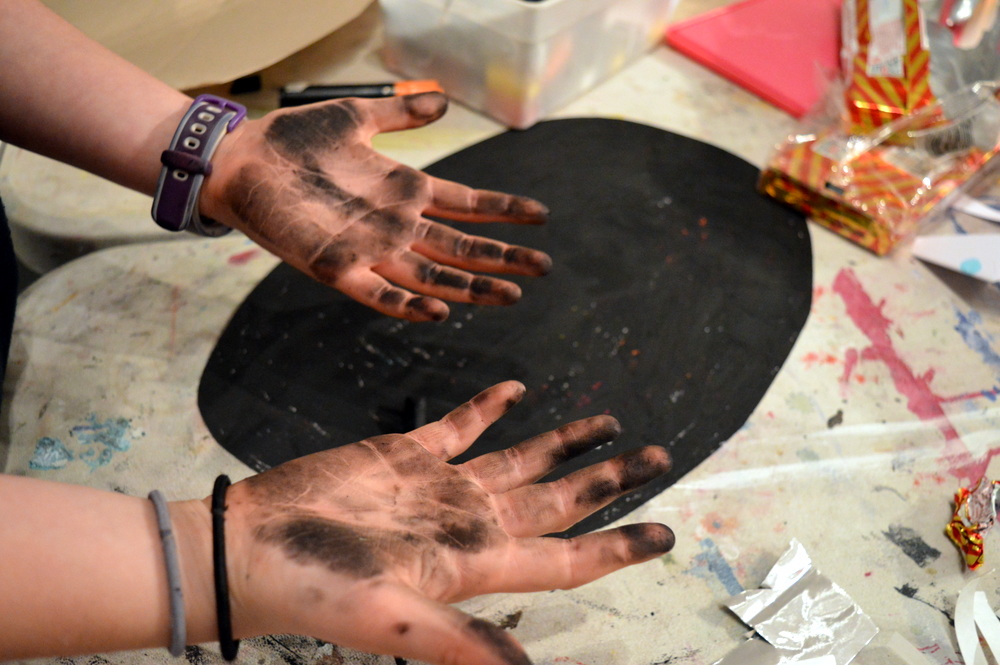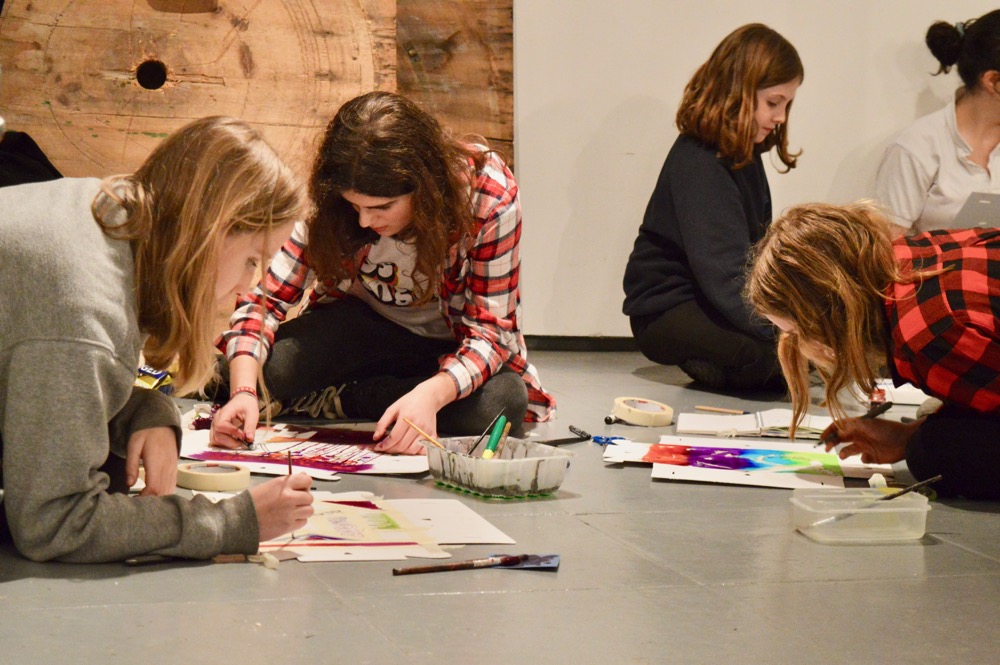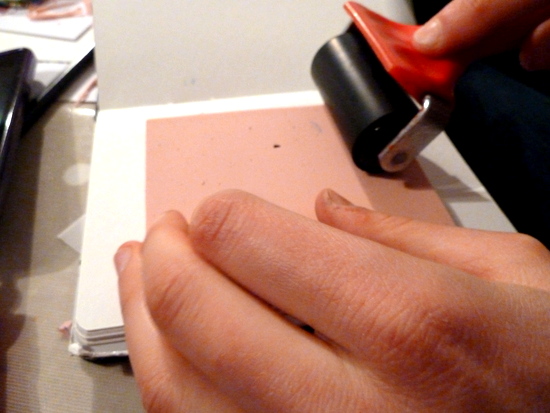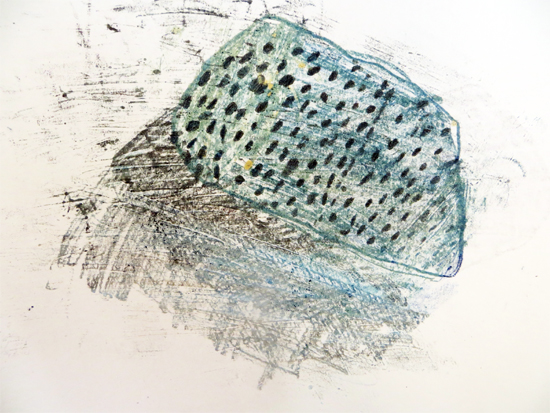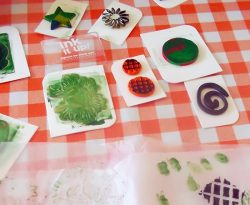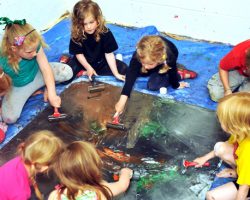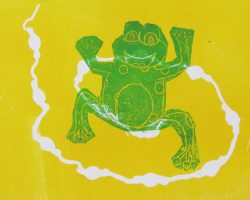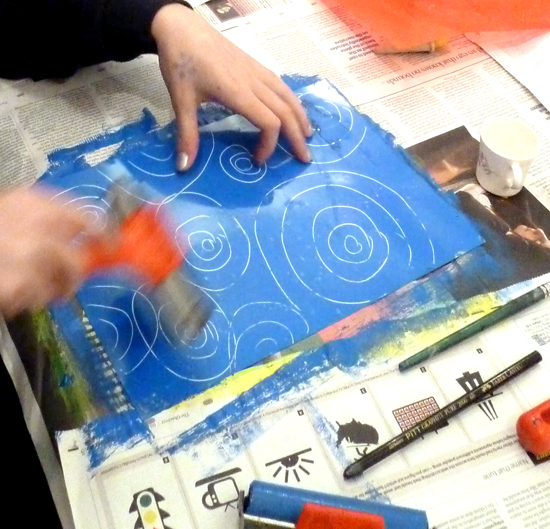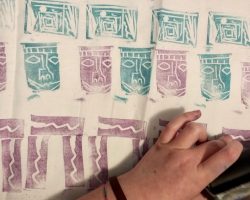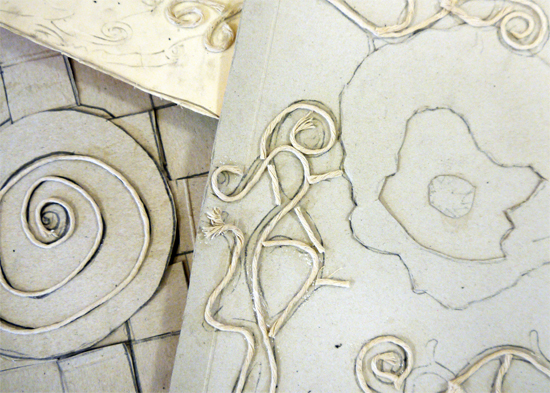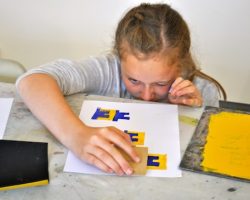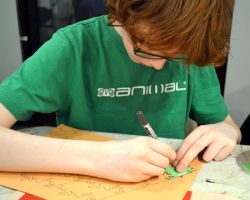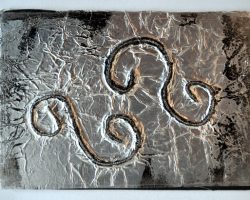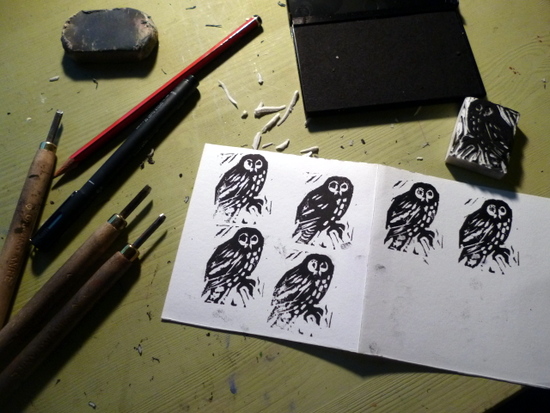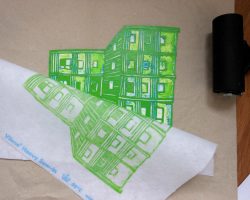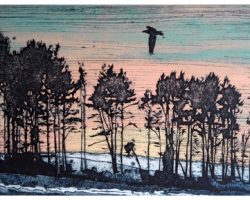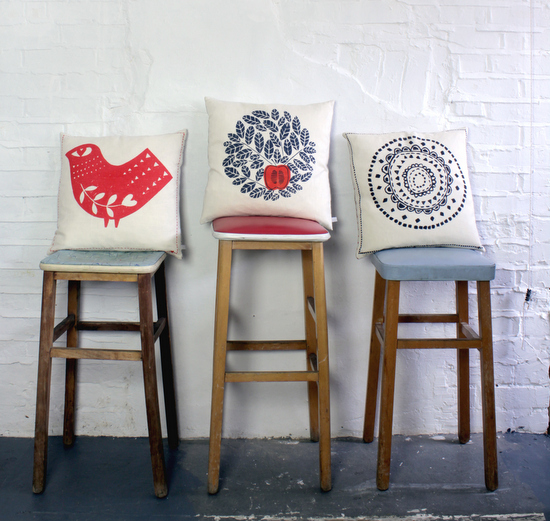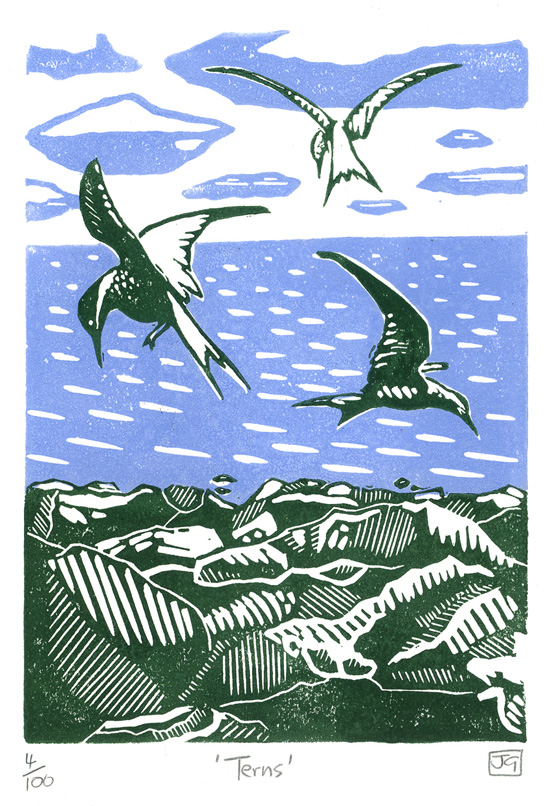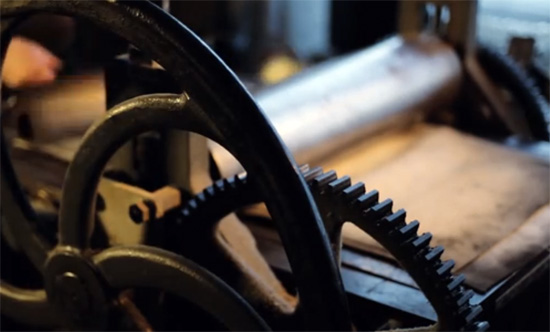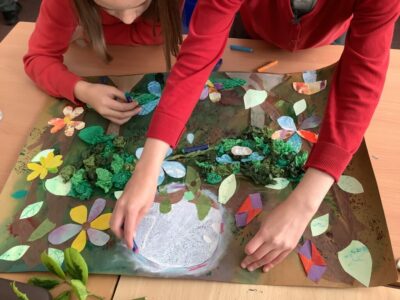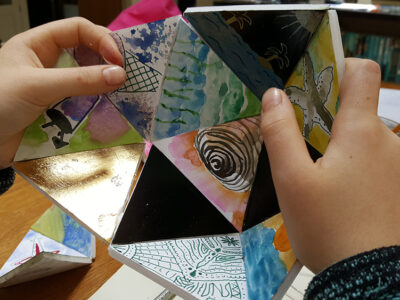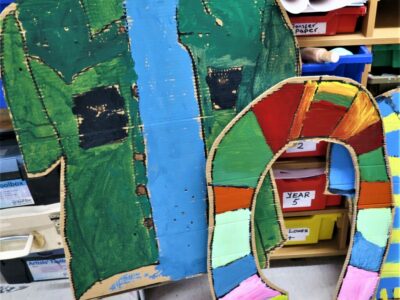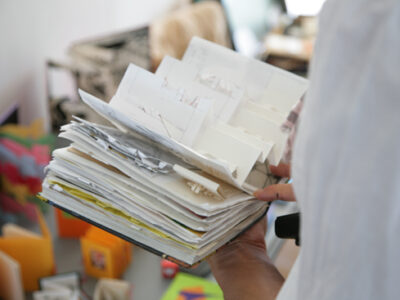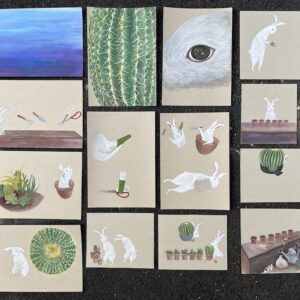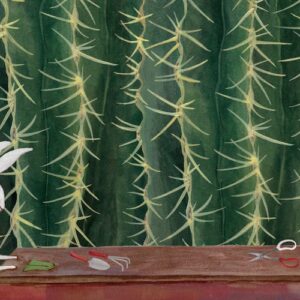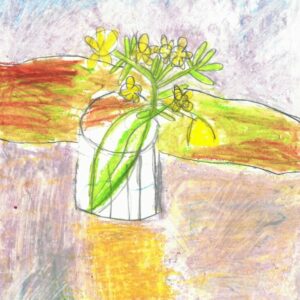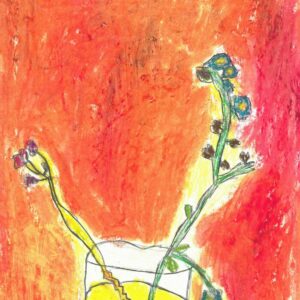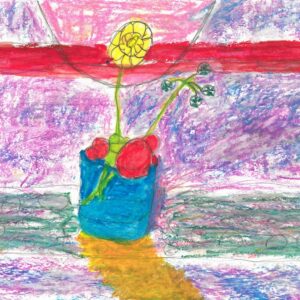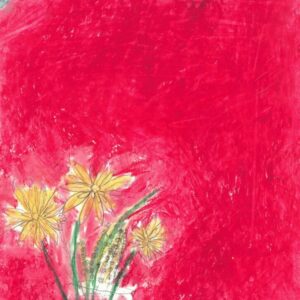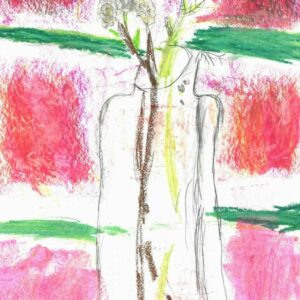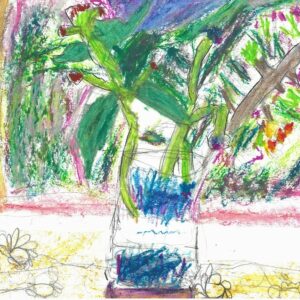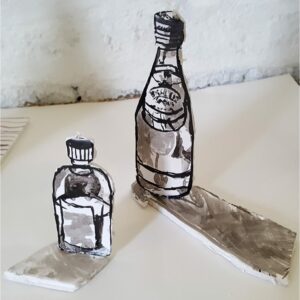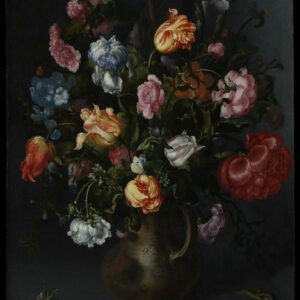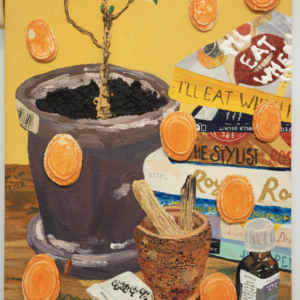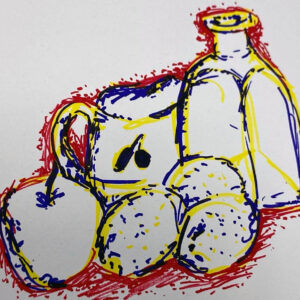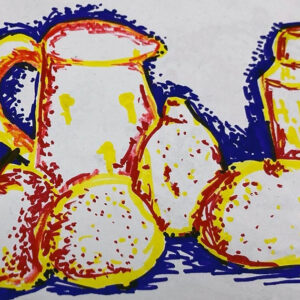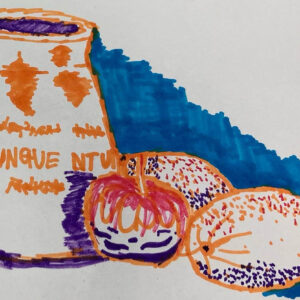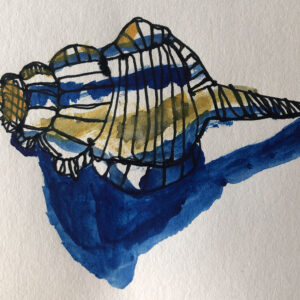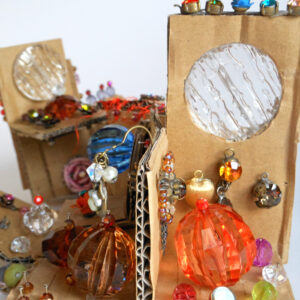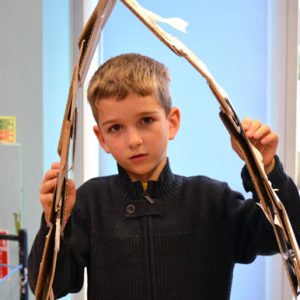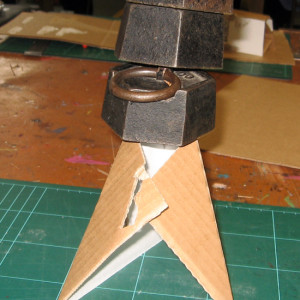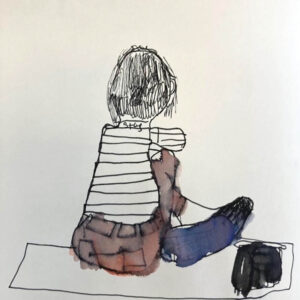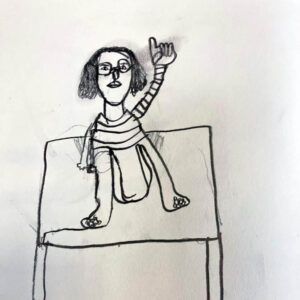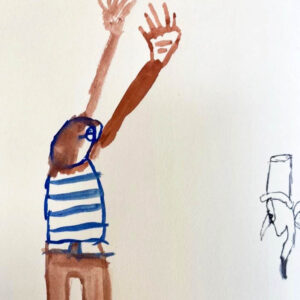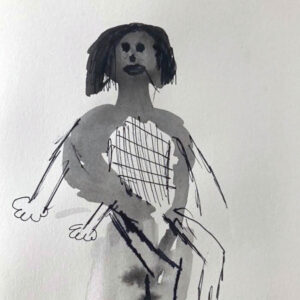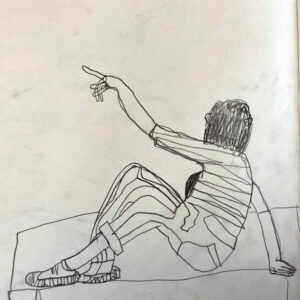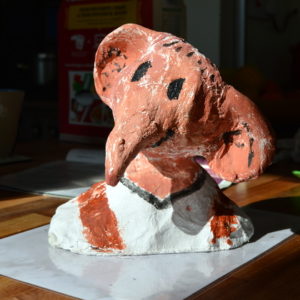Design Lab: Phoebe Cummings at the V&A
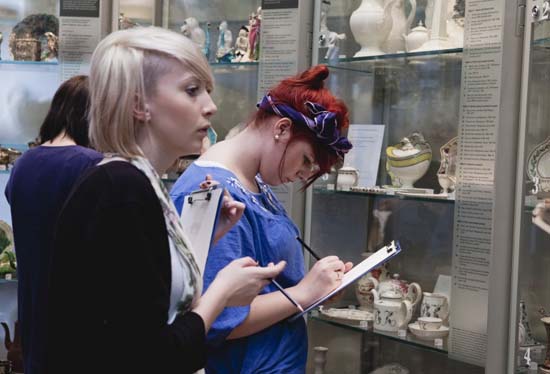 Phoebe Cummings leads students at the V&A, London, over a three month period to create a site-specific group piece from unfired clay which was inspired by the historical 2D designs found on 19th century British tableware in the collection.
Phoebe Cummings leads students at the V&A, London, over a three month period to create a site-specific group piece from unfired clay which was inspired by the historical 2D designs found on 19th century British tableware in the collection.
Literacy Boost Project: James & the Giant Peach Garden by Cordelia Spalding
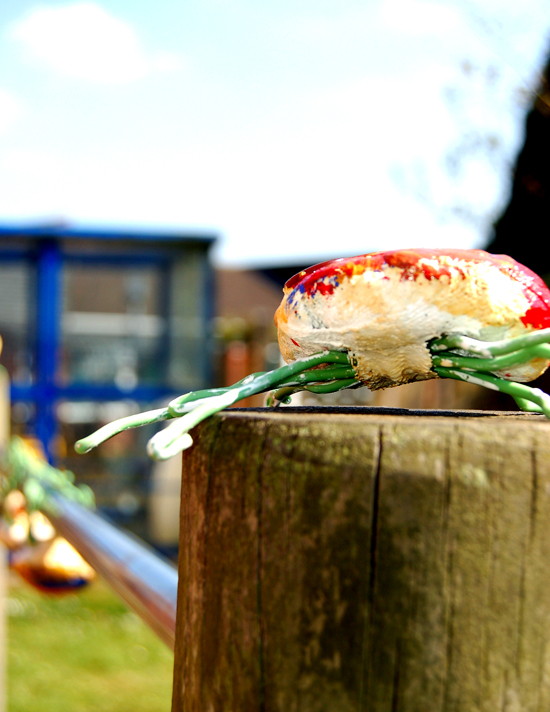 In this resource Cordelia Spalding shares her extraordinarily creative ‘literacy’ project which made creativity happen in all sorts of ways in a local school.
In this resource Cordelia Spalding shares her extraordinarily creative ‘literacy’ project which made creativity happen in all sorts of ways in a local school.
The Ludworth and All Saints’ Murals by Tracy McGuinness-Kelly
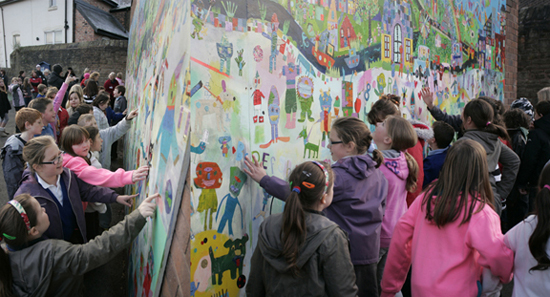 Tracy McGuinness-Kelly describes her creative process working in two schools to produce an indoor and outdoor mural. Balancing creative journey with outcome, Tracy shares how she uses her skill as an illustrator/designer, combined with her facilitation skills, to create a co-created artwork.
Tracy McGuinness-Kelly describes her creative process working in two schools to produce an indoor and outdoor mural. Balancing creative journey with outcome, Tracy shares how she uses her skill as an illustrator/designer, combined with her facilitation skills, to create a co-created artwork.
A Cheerful Orchestra and Other Ideas for Drawing Music by Hannah Coulson
 Artist and educator Hannah Coulson shares a trio of musical activities!
Artist and educator Hannah Coulson shares a trio of musical activities!
5 Exercises by Henry Ward
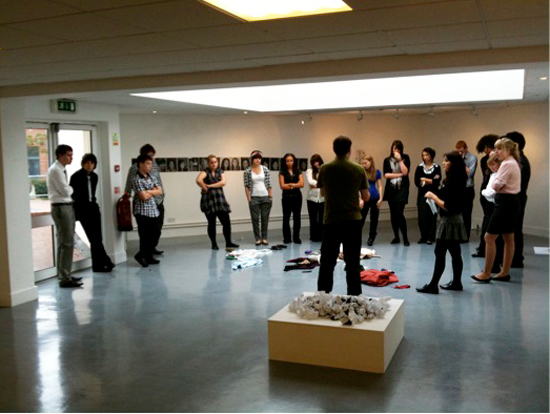 Artist and educator Henry Ward presents 5 activities which he has used successfully to inspire creativity with pupils.
Artist and educator Henry Ward presents 5 activities which he has used successfully to inspire creativity with pupils.
Drawing as Support Activity
 Artist, educator and co-founder of AccessArt Paula Briggs describes how she enables an exploration of drawing as an activity to support other artforms, in this case sculpture.
Artist, educator and co-founder of AccessArt Paula Briggs describes how she enables an exploration of drawing as an activity to support other artforms, in this case sculpture.
In-Depth Drawing Experience for Teenagers by Betsy Dadd
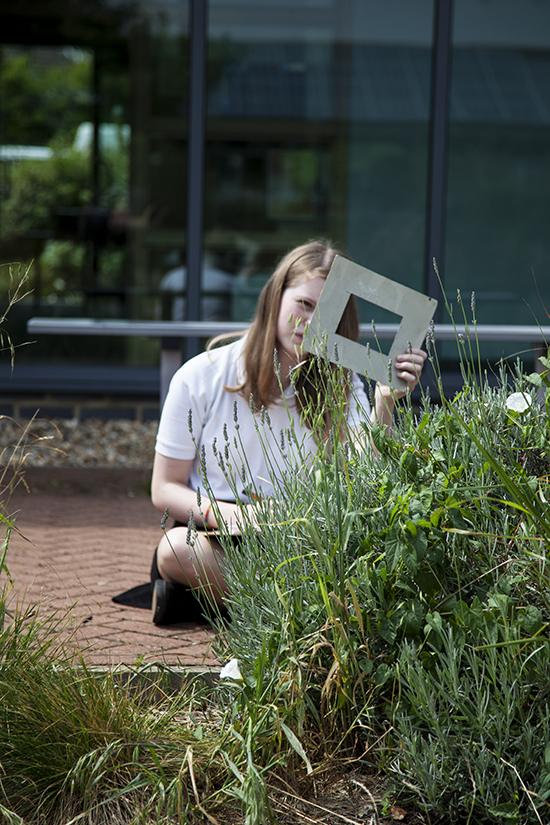 Artist and educator Betsy Dadd shares how she inspired teenagers to enjoy an in-depth exploration of drawing resulting in working on a large scale and finally animating their work.
Artist and educator Betsy Dadd shares how she inspired teenagers to enjoy an in-depth exploration of drawing resulting in working on a large scale and finally animating their work.
The Drawing Machine – A Workshop in Perspective and How to Look by Drawing Machine and Sarah Wright
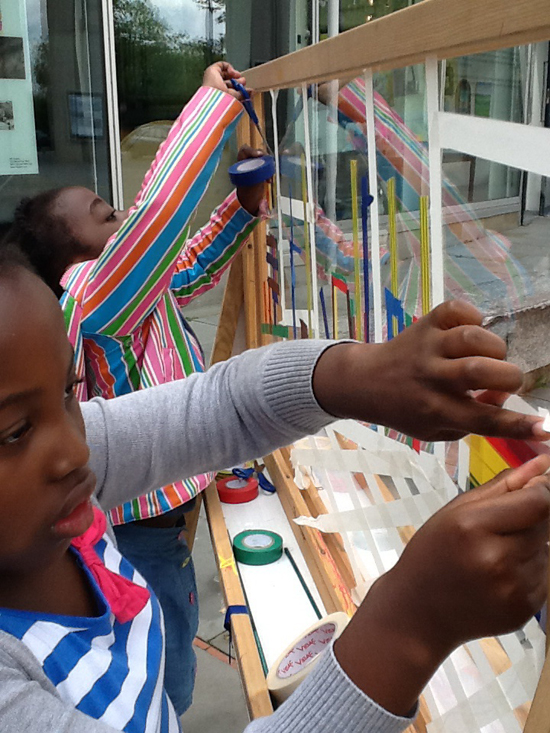 Sarah Wright from the Drawing Machine shares a wonderful and engaging technique for introducing children, teenagers and adults to perspective.
Sarah Wright from the Drawing Machine shares a wonderful and engaging technique for introducing children, teenagers and adults to perspective.
Making an Urban Landscape Painting by James Nairne
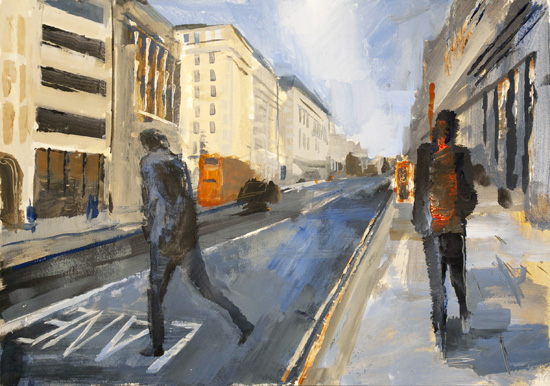 Artist and teacher James Nairne demonstrates how sketchbook drawing and photographs can be used to develop a painting of an urban landscape.
Artist and teacher James Nairne demonstrates how sketchbook drawing and photographs can be used to develop a painting of an urban landscape.
 Artist and educator June Nelson shares how she used photography, collage and iPads in Towner Contemporary Art Museum, Eastbourne to encourage looking, collaborating, and telling visual stories.
Artist and educator June Nelson shares how she used photography, collage and iPads in Towner Contemporary Art Museum, Eastbourne to encourage looking, collaborating, and telling visual stories.
Making Sensory Drawings by Gillian Adair McFarland
 Artist Educator Gillian Adair McFarland shares how she makes drawings to be sensed through touch.
Artist Educator Gillian Adair McFarland shares how she makes drawings to be sensed through touch.
The Cardboard Project by Andee Collard
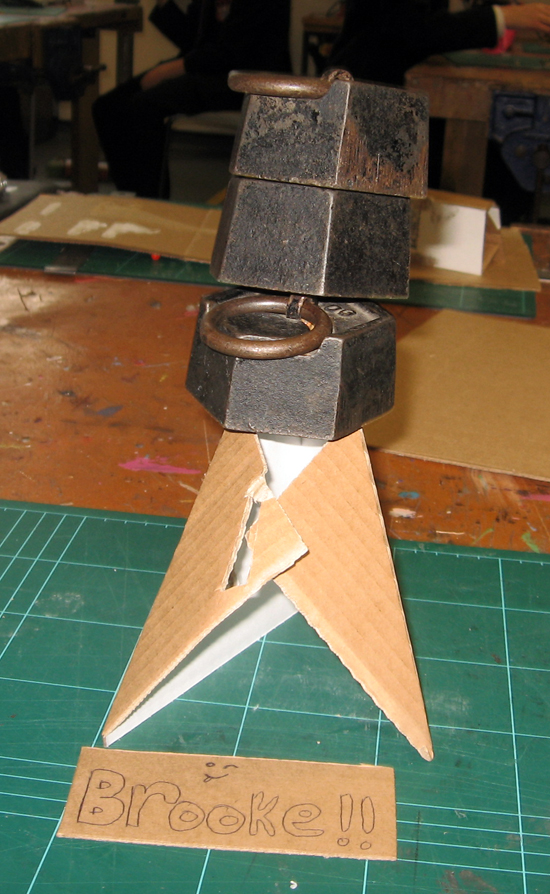 Artist and teacher Andee Collard sets a challenge to his D&T students to make a cardboard structure to hold a 1KG weight.
Artist and teacher Andee Collard sets a challenge to his D&T students to make a cardboard structure to hold a 1KG weight.
Page to Panel – How to Make Manga by Irina Richards
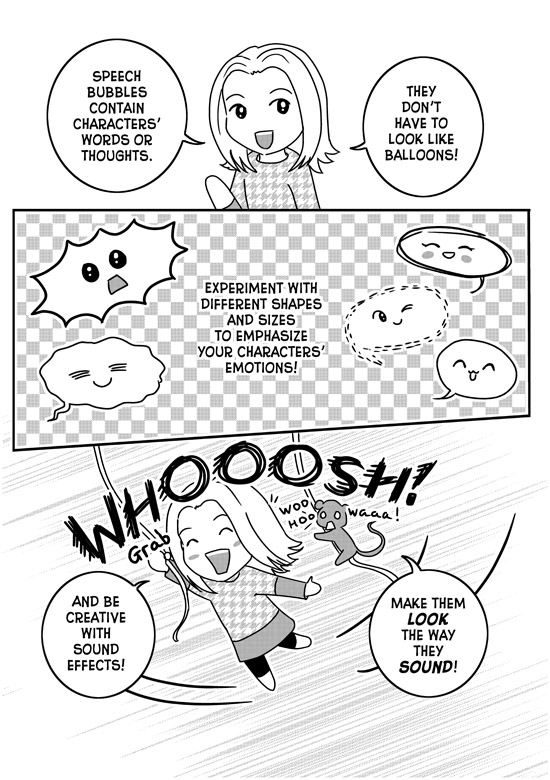 In this fabulously illustrated resource, Cambridgeshire-based artist Irina Richards shows AccessArt how to make manga.
In this fabulously illustrated resource, Cambridgeshire-based artist Irina Richards shows AccessArt how to make manga.
Working WITH and IN the Landscape by Frances Hatch
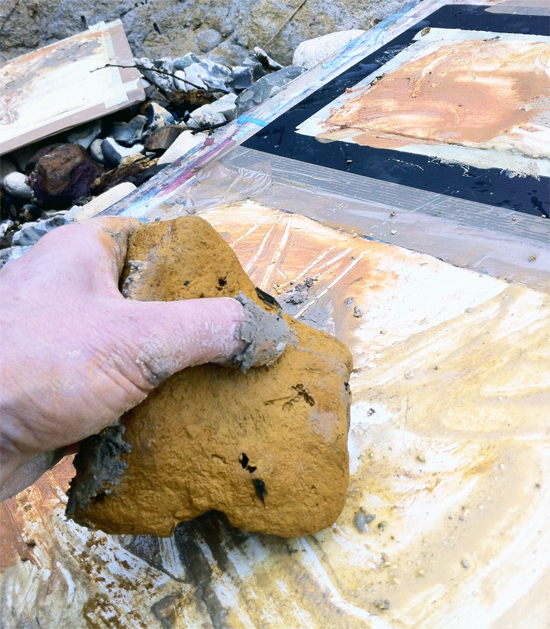 Artist Frances Hatch describes her magical process of collecting and using materials from the landscape to make art.
Artist Frances Hatch describes her magical process of collecting and using materials from the landscape to make art.
Layers in the Landscape by Emma Davies
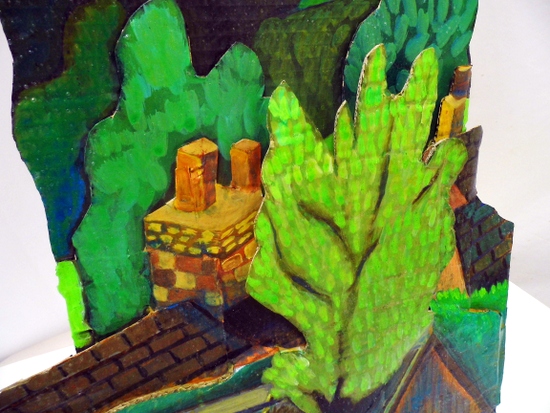 Artist Emma Davies shares her education work in this inspirational resource about interpreting landscape.
Artist Emma Davies shares her education work in this inspirational resource about interpreting landscape.
Tomorrow, Today by Karen Guthrie and Nina Pope
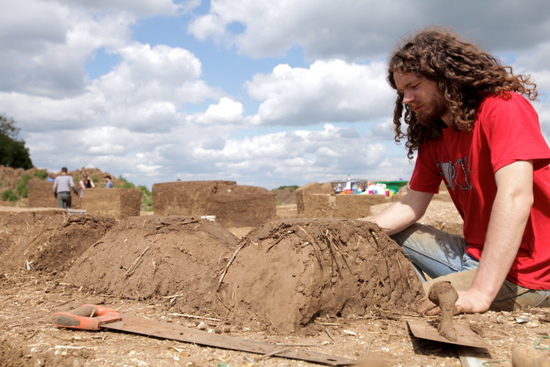 Acclaimed artist duo Karen Guthrie and Nina Pope share how they achieved one of the most physical and ambitious contemporary art projects seen in Cambridge in the creation of a model village of the future NW Cambridge development.
Acclaimed artist duo Karen Guthrie and Nina Pope share how they achieved one of the most physical and ambitious contemporary art projects seen in Cambridge in the creation of a model village of the future NW Cambridge development.
Newspaper Animal Heads by Sharon Gale
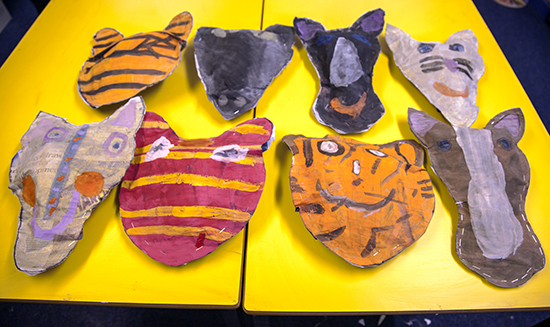 Textile and graphic artist Sharon Gale shows students in the Art Cabin at Northaw CE Primary School in Hertfordshire, how to make Newspaper Animal Heads.
Textile and graphic artist Sharon Gale shows students in the Art Cabin at Northaw CE Primary School in Hertfordshire, how to make Newspaper Animal Heads.
Responding to Place by Claire Louise Mather
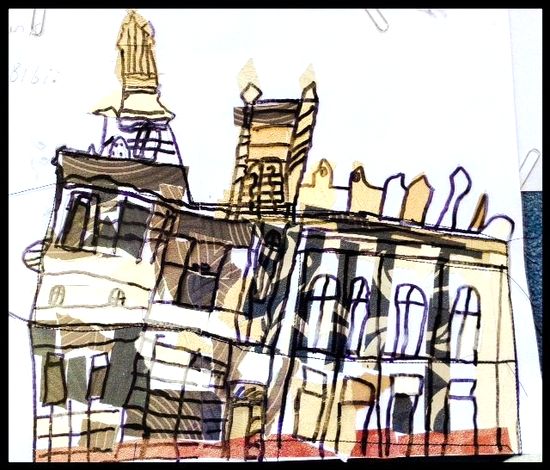 Claire Louise Mather works with pupils at St Thomas C of E Primary School, Oldham in Lancashire, to create an artistic response to the place in which they live using drawing, collage and stitch.
Claire Louise Mather works with pupils at St Thomas C of E Primary School, Oldham in Lancashire, to create an artistic response to the place in which they live using drawing, collage and stitch.
Memory Mining and Drawing on Dreams – Ideas for Working with Early Years by Rosemary Cronin
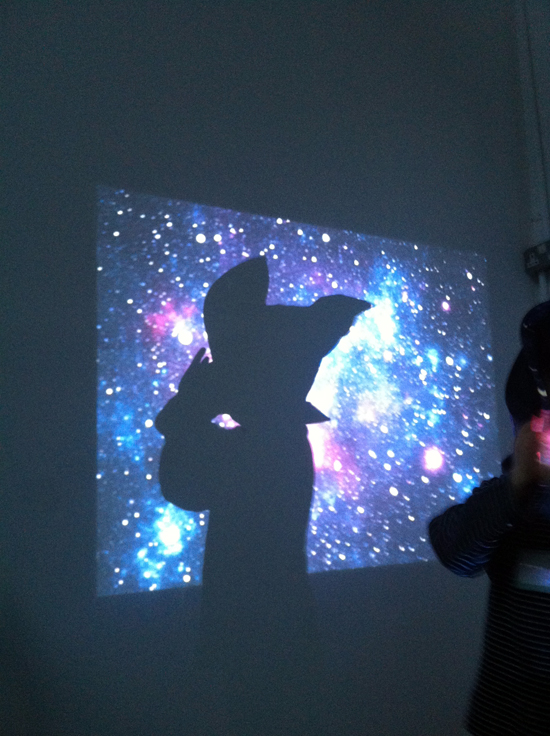 Rosemary Cronin describes her process for working with early years using dream work, cameras and projected images.
Rosemary Cronin describes her process for working with early years using dream work, cameras and projected images.
Relief Printing and Plaster Casting with Ursula Kelly
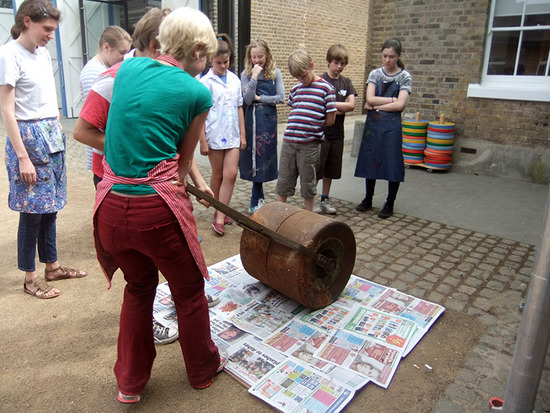 Ursula Kelly takes 12-15 year olds on a two day creative relief printmaking project of monumental scale and ambition.
Ursula Kelly takes 12-15 year olds on a two day creative relief printmaking project of monumental scale and ambition.
Beyond the Hedgerow by Sara Dudman
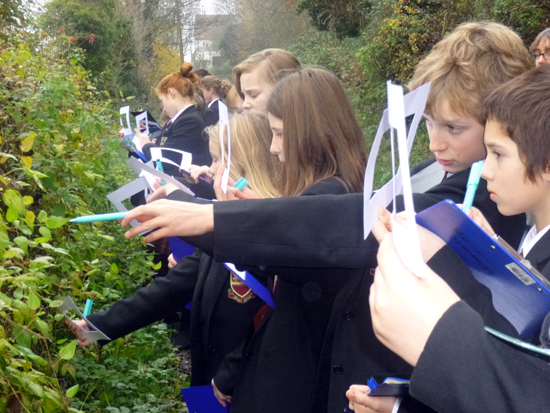 Sara took pupils on an incredible creative journey. Loosening up and enjoying using colour and paint is central to this activity’s aims. This resource provides examples, inspiration and support for creating long collaborative, scroll-style, hedgerow paintings based on drawings and sketches taken on a walk outside and responding to the local environment.
Sara took pupils on an incredible creative journey. Loosening up and enjoying using colour and paint is central to this activity’s aims. This resource provides examples, inspiration and support for creating long collaborative, scroll-style, hedgerow paintings based on drawings and sketches taken on a walk outside and responding to the local environment.
Exploring Portraits with Eleanor Somerset
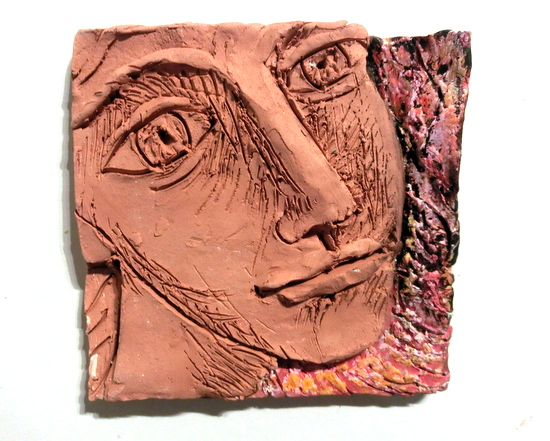 In this resource artist Eleanor Somerset shows how she led students in the little Art studio, Sheffield, to explore and discover portraiture through various media.
In this resource artist Eleanor Somerset shows how she led students in the little Art studio, Sheffield, to explore and discover portraiture through various media.
Making Big Monotypes by Sheila Ceccarelli
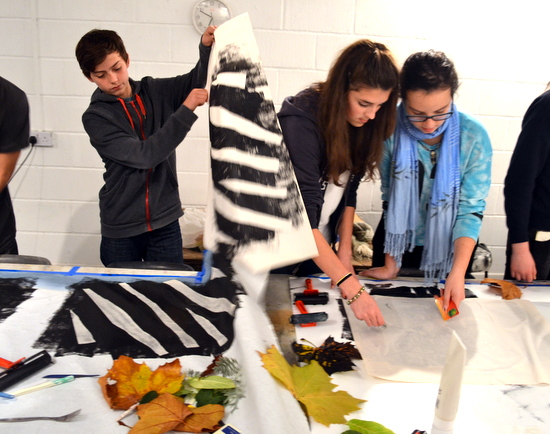 Sheila Ceccarelli shares how she gave teenagers the opportunity to explore expressive mark making and monoprinting on a large scale.
Sheila Ceccarelli shares how she gave teenagers the opportunity to explore expressive mark making and monoprinting on a large scale.
Rollers and Rhymes (A Poetry and Printmaking Project) by Ann Bridges
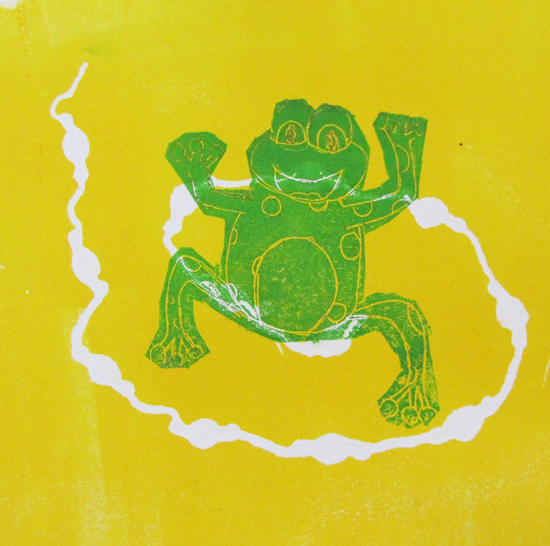 Printmaker Ann Bridges shares her process her love of potery and printmaking in this illustrated resources which enables children to make imagery inspired by poetry.
Printmaker Ann Bridges shares her process her love of potery and printmaking in this illustrated resources which enables children to make imagery inspired by poetry.
Constructed Space by Anne Harild
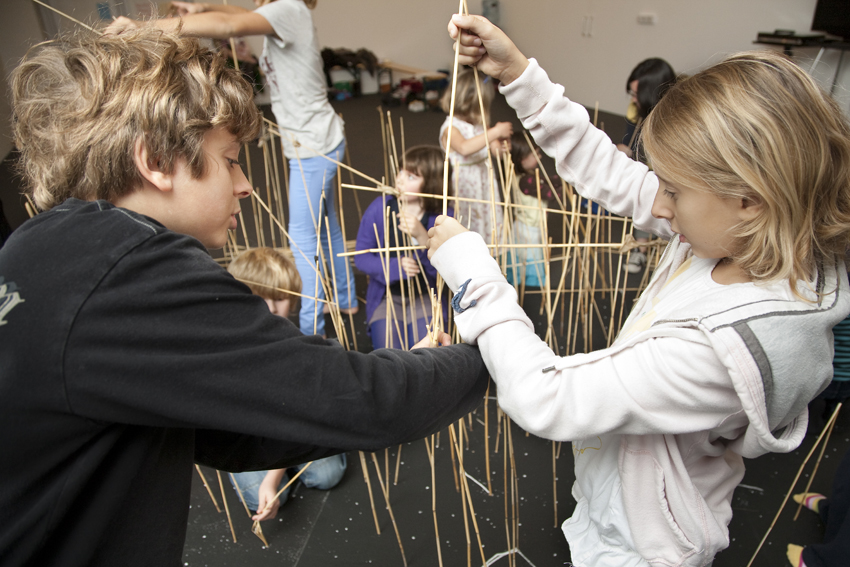 In this stunning post Anne Harild shows how she integrates sculptural construction, time, photography and animation in a one day workshop for the Frieze Art Fair.
In this stunning post Anne Harild shows how she integrates sculptural construction, time, photography and animation in a one day workshop for the Frieze Art Fair.
Detached and Timeless Painting Workshop by Sara Dudman
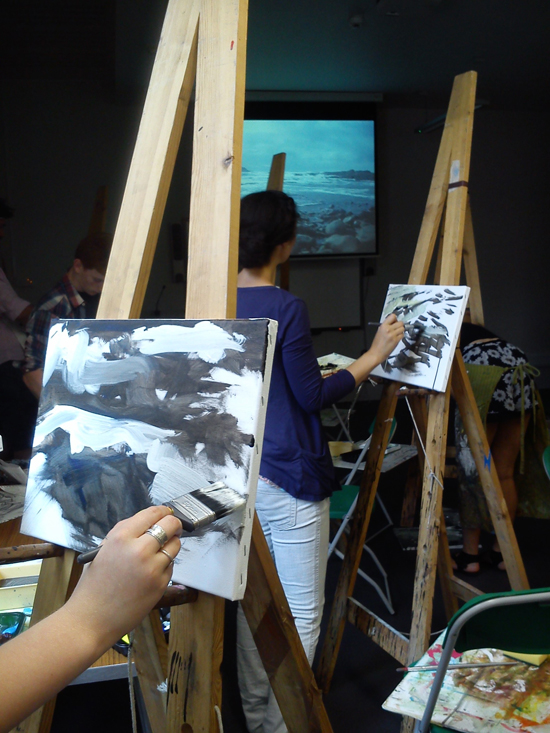 Artist and educator Sara Dudman shares examples, inspiration and support for working creatively from video to capture movement and a sense of place in painting.
Artist and educator Sara Dudman shares examples, inspiration and support for working creatively from video to capture movement and a sense of place in painting.
Shoe La-la Project by Lala Thorpe
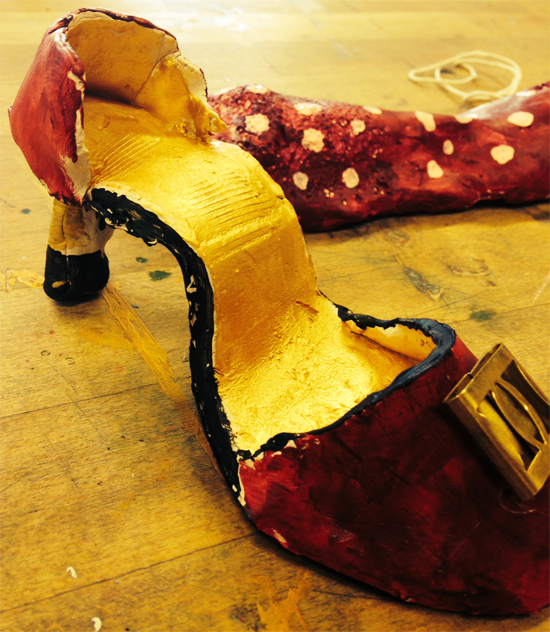 Artist Educator Lala Thorpe shares her process for making shoe sculpture with teenagers from clay.
Artist Educator Lala Thorpe shares her process for making shoe sculpture with teenagers from clay.
Creating Decorative Designs From Birds: Mark Making, Texture and Pattern by Andrea Butler
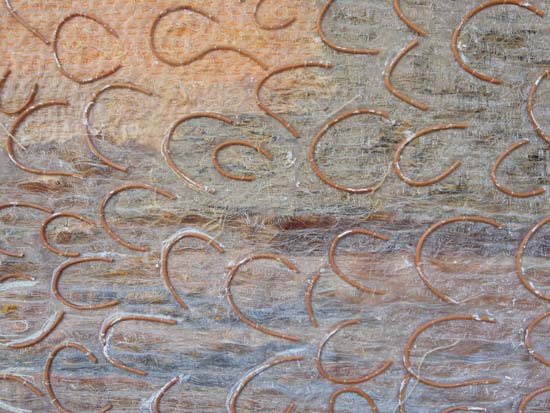 Artist Andrea Butler shares her process from sketchbook to textile design. Beautifully illustrated decorative designs.
Artist Andrea Butler shares her process from sketchbook to textile design. Beautifully illustrated decorative designs.
Intuitive Art- Freedom to Paint by Natasha Day
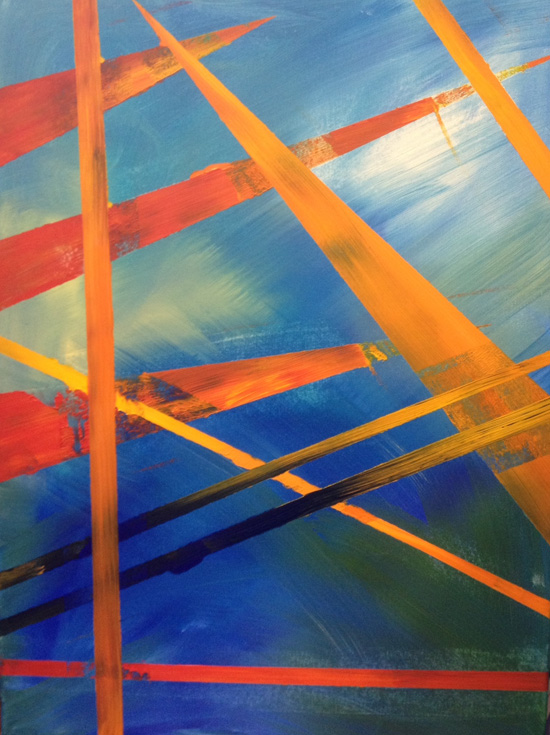 Painter Natasha Day shares her workshop for life learners called “Intuitive Art-Freedom to Paint” using intuition to explore paint and making marks on canvas.
Painter Natasha Day shares her workshop for life learners called “Intuitive Art-Freedom to Paint” using intuition to explore paint and making marks on canvas.
Painting a Still Life and Seeing Colour by Emma Copley
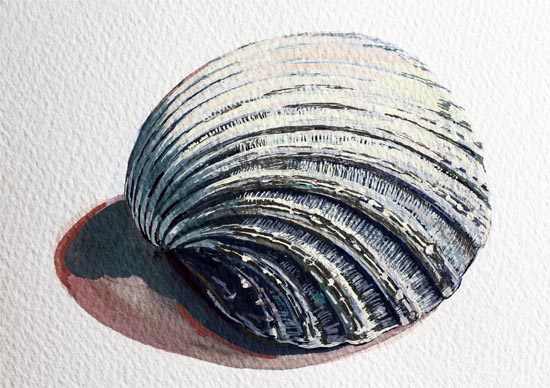 In this beautifully illustrated resource, Emma demonstrates how she teaches a step-by-step method for producing a painting of a shell, or similar object in gouache.
In this beautifully illustrated resource, Emma demonstrates how she teaches a step-by-step method for producing a painting of a shell, or similar object in gouache.
Painting the Savannah: Horizons, Colour, Printing and Painting by Chloe Williams
 In this workshop Chloe Williams introduces children attending a workshop at Back Lane Artspace in West Yorkshire, to colour and printmaking on an ambitious and energetic scale.
In this workshop Chloe Williams introduces children attending a workshop at Back Lane Artspace in West Yorkshire, to colour and printmaking on an ambitious and energetic scale.
Art for the Square with Susie Olczak for Futurecity
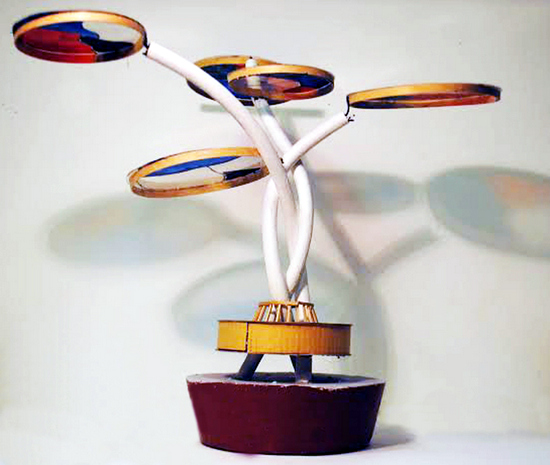 Susie Olczak worked with students at Hills Road Sixth Form College, Cambridge, on a two year project exploring the relationships between art, architecture and public space through a series of workshops. The project was supported by Futurecity.
Susie Olczak worked with students at Hills Road Sixth Form College, Cambridge, on a two year project exploring the relationships between art, architecture and public space through a series of workshops. The project was supported by Futurecity.
Working Collaboratively in School: Cell Design – Pattern Making and Process
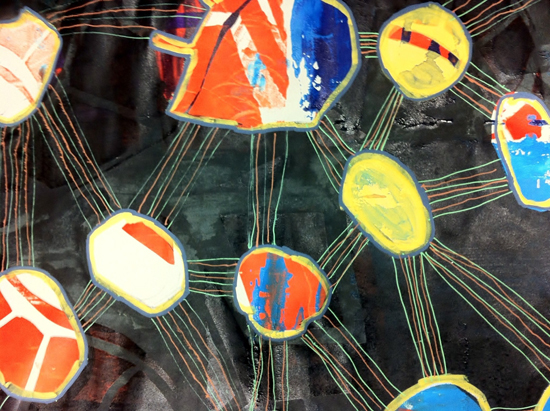 Artist Karen Wicks guides pupils through a complex, collaborative project initially inspired by looking at cells and then learning how to build up an image using different processes in ‘layers’.
Artist Karen Wicks guides pupils through a complex, collaborative project initially inspired by looking at cells and then learning how to build up an image using different processes in ‘layers’.
Exploring Cyanotype by Maru Rojas
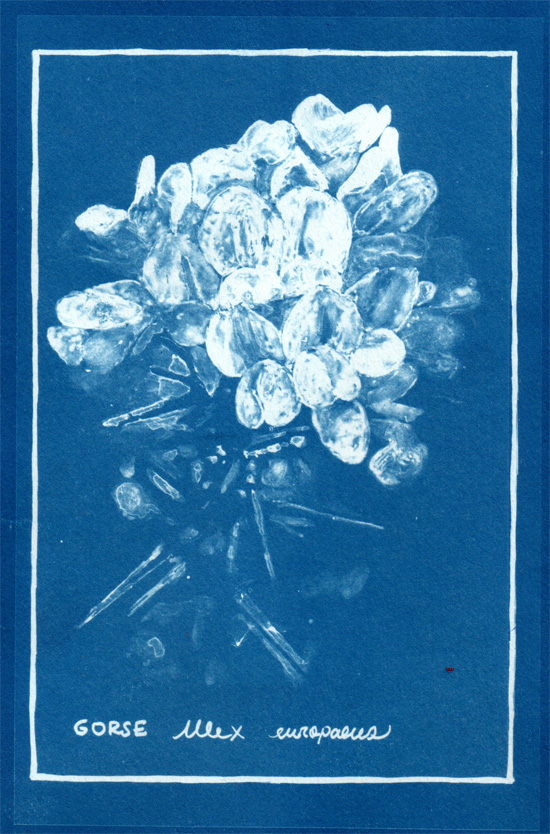 Maru shares the beautiful process of cyanotype. The project can be adapted to any theme and works well with teenagers and adults, resulting in stunning images.
Maru shares the beautiful process of cyanotype. The project can be adapted to any theme and works well with teenagers and adults, resulting in stunning images.
The Polymeric Approach by Julie De Bastion
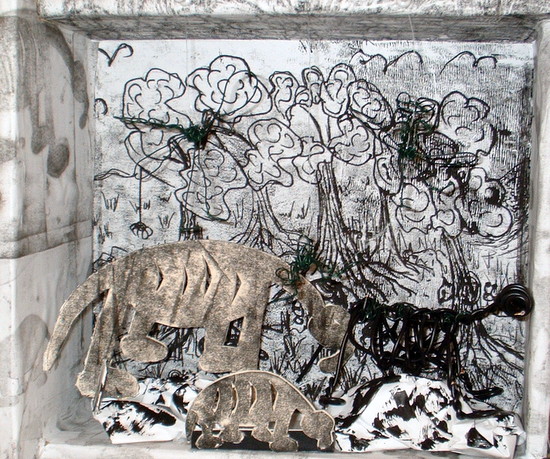 Julie de Bastion shares a wonderful workshop called “Draw in a Drawer”, in which participants from Escape Workshops in Stratford-upon-Avon took part in the making of delightful “Story Boxes” involving 3D drawing with flexible black wire, and drawing with mono-printing.
Julie de Bastion shares a wonderful workshop called “Draw in a Drawer”, in which participants from Escape Workshops in Stratford-upon-Avon took part in the making of delightful “Story Boxes” involving 3D drawing with flexible black wire, and drawing with mono-printing.
How to Run a Life Drawing Class by Hester Berry
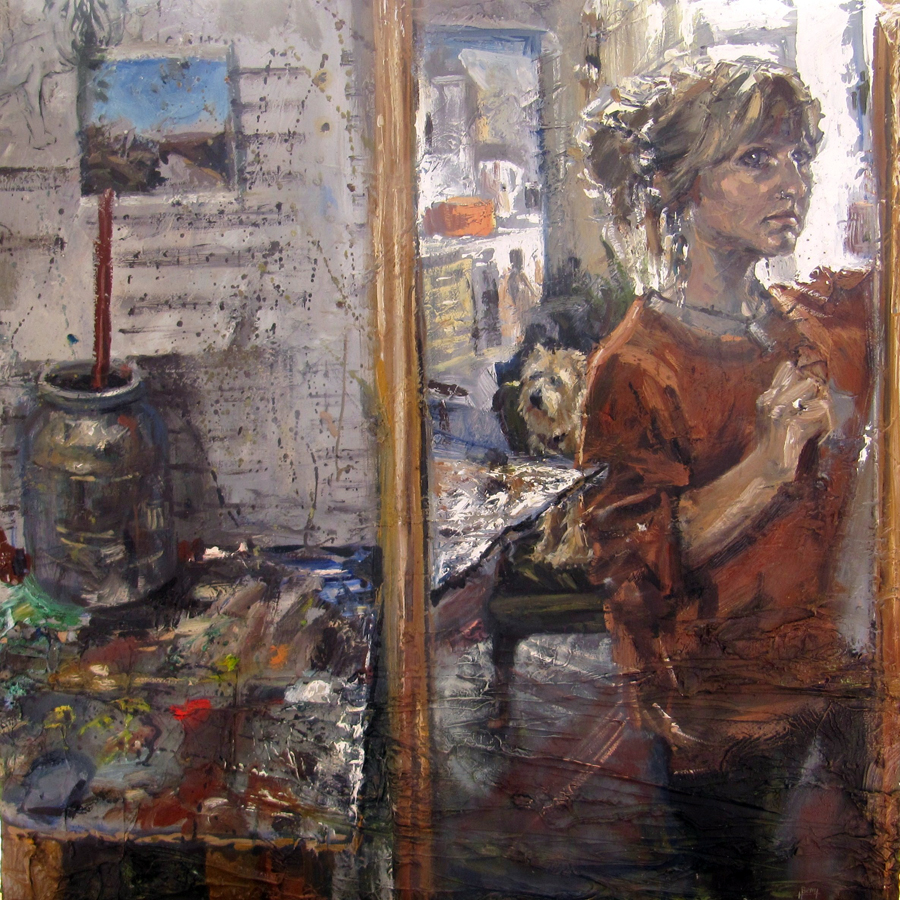 Artist Hester Berry decsribes how to set up and facilitate a life drawing class with adults.
Artist Hester Berry decsribes how to set up and facilitate a life drawing class with adults.
Putting Yourself in the Picture by Anna Linch
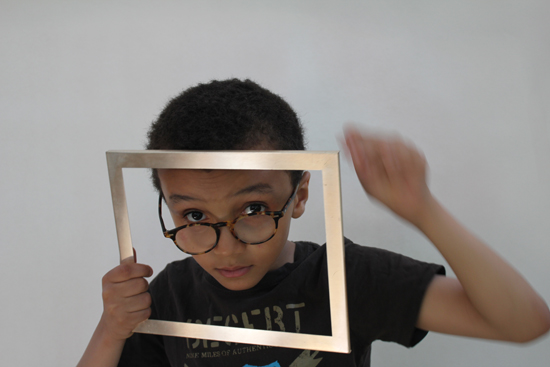 Anna worked with children from the Educare Small School, Kingston-upon-Thames. The whole school and curriculum were given over to her for an intensive few days when every child (aged 3-10) learnt about the history of self-portraiture and took part in photography, drawing and mixed media activities.
Anna worked with children from the Educare Small School, Kingston-upon-Thames. The whole school and curriculum were given over to her for an intensive few days when every child (aged 3-10) learnt about the history of self-portraiture and took part in photography, drawing and mixed media activities.
Post Office by Rosalie Schweiker
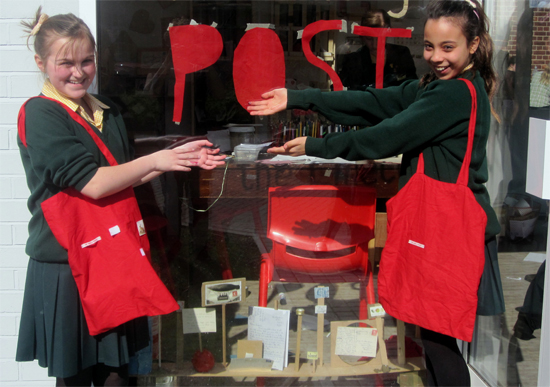 Working with pupils from Frances Bardsley Academy in Romford, Rosalie turned the art room into a post office, requiring all involved to become design/makers and writers. The project promoted a “can do” attitude and nurtured communication and creativity across the whole school.
Working with pupils from Frances Bardsley Academy in Romford, Rosalie turned the art room into a post office, requiring all involved to become design/makers and writers. The project promoted a “can do” attitude and nurtured communication and creativity across the whole school.
Wild Imagination by Caroline Wendling and Deb Wilenski
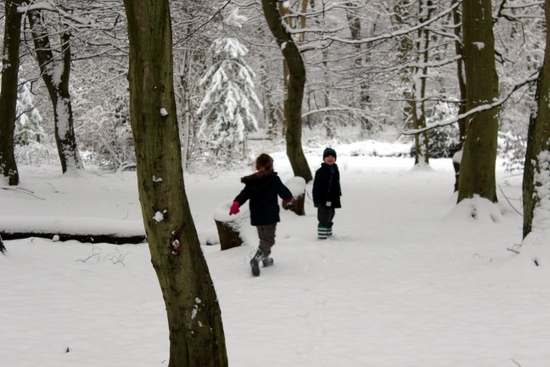 Artists Caroline and Deborah enable children to enjoy a woodland exploration, using art and imagination as their discover tools in collaboration with Cambridge Curiosity and Imagination.
Artists Caroline and Deborah enable children to enjoy a woodland exploration, using art and imagination as their discover tools in collaboration with Cambridge Curiosity and Imagination.
Tins Ain’t What they Used to Be By Maria Whetman
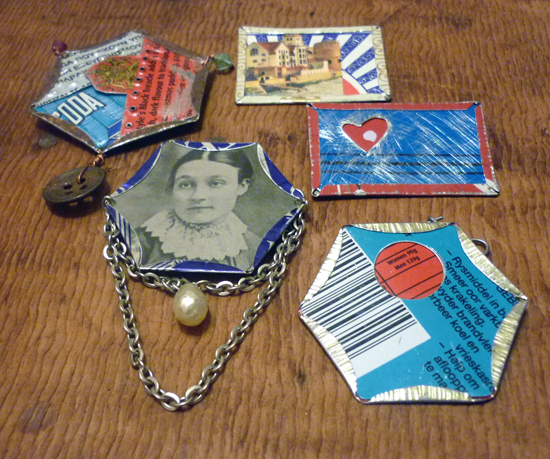 Adaptive Re-use is the theme behind this workshop, where students can have fun creating a wearable graphic-art composition badge by reclaiming metal from unwanted tins that once contained such products as tea, treacle, biscuits and mustard.
Adaptive Re-use is the theme behind this workshop, where students can have fun creating a wearable graphic-art composition badge by reclaiming metal from unwanted tins that once contained such products as tea, treacle, biscuits and mustard.


